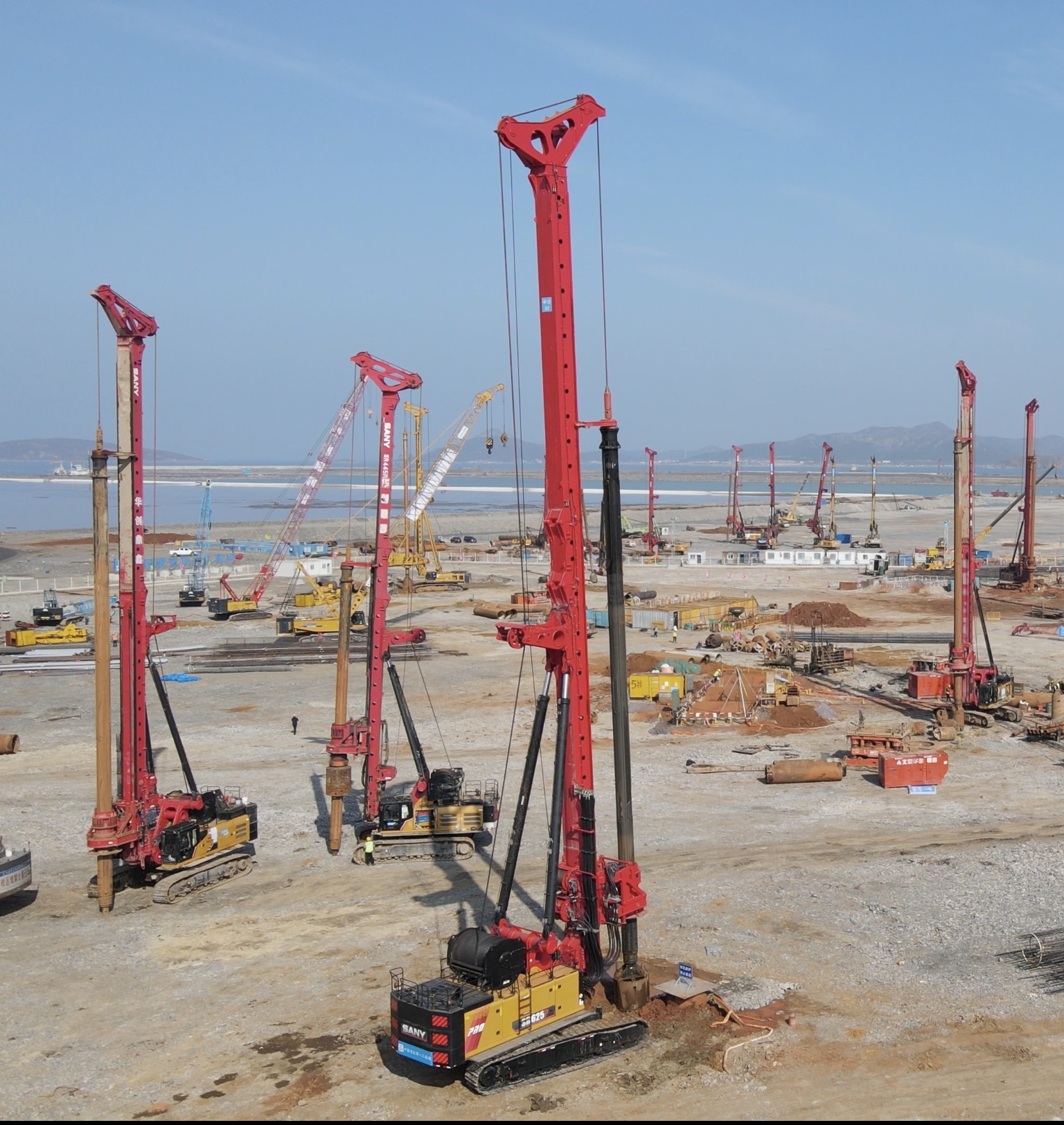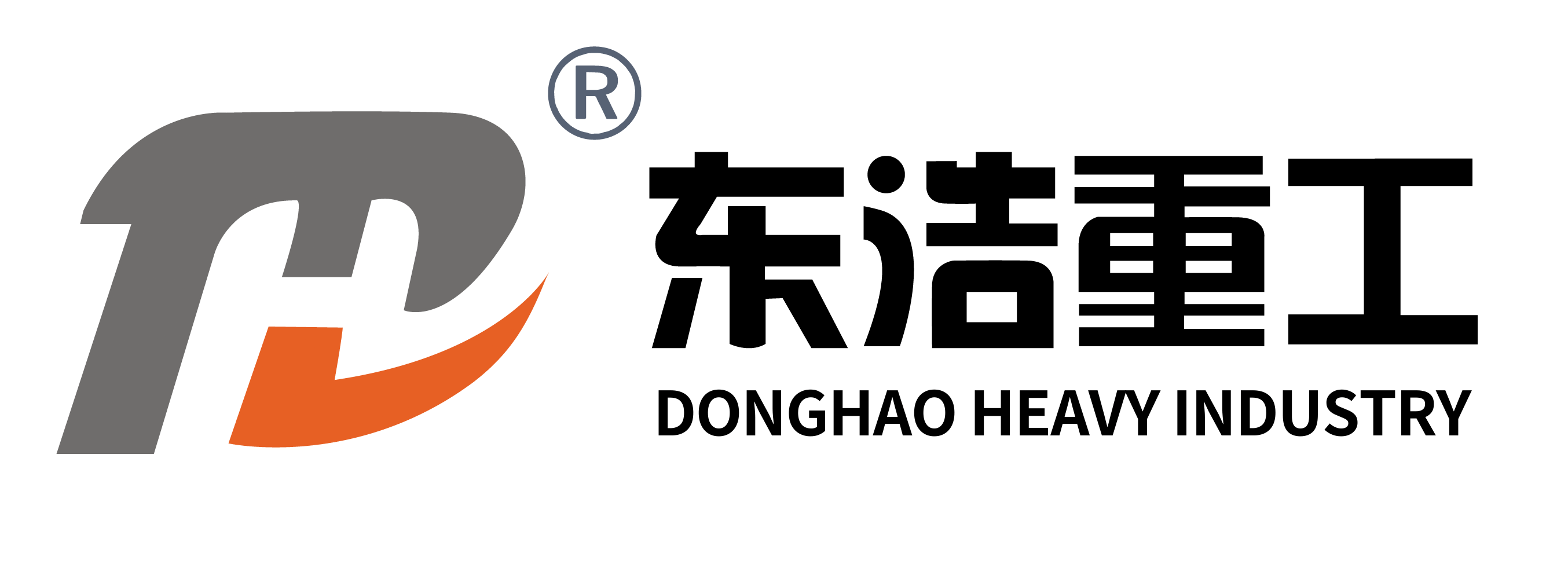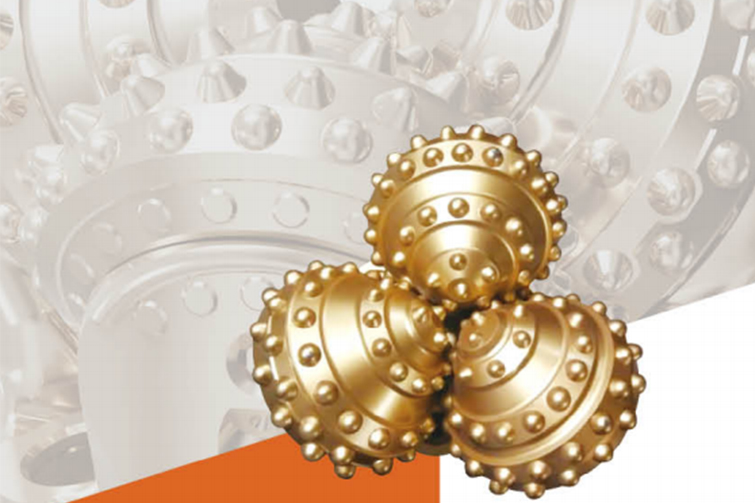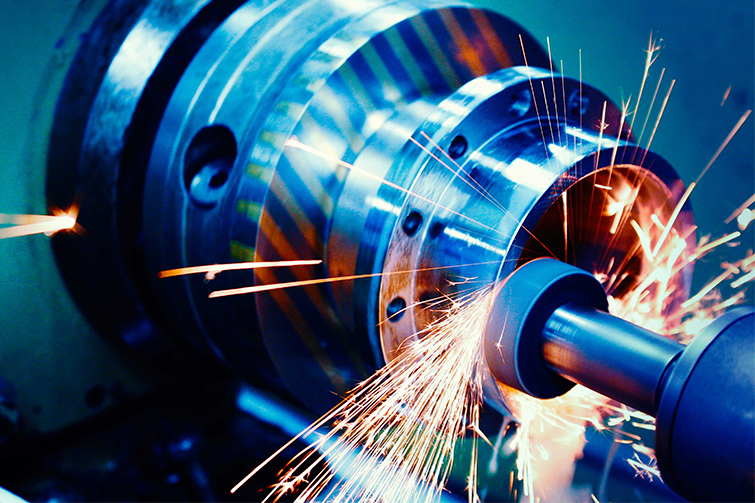

Advancements in Construction Machinery: Enhancing Efficiency and Profitability in Modern Projects

Introduction to Modern Construction Machinery
Construction machinery, encompassing equipment like excavators, cranes, and bulldozers, has evolved significantly with technological advancements. These machines are integral to projects ranging from residential buildings to large-scale infrastructure, improving precision and reducing manual labor. In my research, I've observed that adopting advanced machinery can cut project timelines by up to 30%, directly boosting profitability. For instance, the integration of GPS and IoT sensors in excavators allows for real-time data collection, minimizing errors and rework. This not only enhances safety but also aligns with sustainable practices by optimizing resource use. As we explore further, it's clear that the synergy between engineering and economics is pivotal for modern construction success.
Technological Innovations in Excavators
Excavators are a prime example of how construction machinery has advanced. Modern models feature hydraulic systems with pressures up to 350 bar, enabling deeper and more efficient digging. The use of telematics and autonomous controls allows operators to monitor performance metrics like fuel consumption and engine health remotely. In a recent study of highway construction, autonomous excavators equipped with LiDAR reduced excavation errors by 25%, leading to faster completion and lower costs. Additionally, hybrid engines that combine diesel and electric power sources can cut emissions by 40%, addressing environmental regulations. These technical details not only improve operational efficiency but also reduce long-term maintenance expenses, making them a smart investment for firms aiming to stay competitive.
Commercial Value of Advanced Machinery
From a business perspective, investing in high-tech construction machinery yields substantial returns. For example, a construction company that upgraded to smart cranes with load-sensing technology reported a 15% increase in project bids won due to enhanced reliability. The initial capital outlay for such machinery, often ranging from $100,000 to $500,000 per unit, is offset by reduced labor costs and fewer delays. In my analysis, firms that prioritize machinery upgrades see an average ROI of 20% within two years. Moreover, leasing options and government incentives for eco-friendly equipment can further improve cash flow. By focusing on machinery that offers both technical superiority and cost-efficiency, businesses can navigate market fluctuations and secure long-term growth, as evidenced by case studies in urban development projects.
Common Questions
What are the key factors to consider when selecting construction machinery for a project?
When choosing machinery, evaluate factors like project scale, soil conditions, and budget. For instance, in rocky terrains, excavators with high breakout force are essential. Always conduct a cost-benefit analysis to balance upfront costs with operational savings.
How does automation in construction machinery impact employment?
Automation may reduce manual labor roles but creates demand for skilled technicians and operators. Training programs can help workers adapt, ensuring a smooth transition and maintaining workforce morale.








